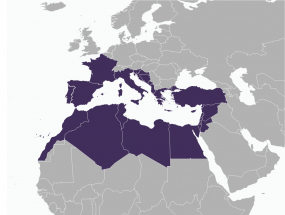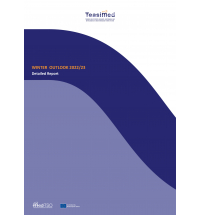Consultancy Services to Perform Adequacy Studies within the TEASIMED
Client: Mediterranean Transmission System Operators – MED-TSO (Italy)
Type: Project
Finishing date: December 2022 (June 2023)
Team: Dragana Orlic – Project Manager, D. Vlaisavljevic, I. Mihajlovic Vlaisavljevic, B. Lekovic, M. Kostic
The purpose of these Consultancy services is to perform adequacy studies to assess if expected (or planned) availability of supply and transmission infrastructure are sufficient to ensure adequacy to the MED-TSO Members’ Power Systems. The adequacy assessment includes follows a Monte Carlo approach to reflect the variability of weather, as well as the randomness of supply and interconnections’ outages.
The studies include all the non-ENTSO-E Med-TSO Members, namely: Morocco, Algeria, Tunisia, Libya, Egypt, Jordan, Palestine and Israel. The adequacy assessments are realized with Antares software tool for the following time horizons:
- 3 seasons: Summer Outlook 2020, Winter Outlook 2022/2023 and Summer Outlook 2023
- 2 horizon years: 2025 and 2027.
In parallel with these activities, comprehensive knowledge transfer and trainings are carried out encompassing several workshops. This enabled smooth handover to MED-TSO of all the simulation models, know-how, materials used in the model construction and ex-post results analyses.
In addition, two comprehensive R-script have been developed: (1) that enables creation of Antares model with input data taken from database in a format of ENTSO-E PEMMDB ver. 3.5 and (2) that enables easy post processing of the Antares results and preparation of the Reports.
Type of services provided:
- Consistency check of the data;
- Development of the Antares model for all analysed countries;
- Run of Monte Carlo probabilistic assessment with UCED model;
- Nationally based analysis of adequacy risks;
- Temporal analysis on weekly basis to detect periods with adequacy risk;
- Focused analysis of adequacy in zones and weeks with high risks identified;
- Analyses of the adequacy indicators at annual level;
- Realization of trainings and workshops;
- Development of comperhesive R-scripts


